If dental care isn’t already a part of your pet’s weekly and annual routine, it needs to be.
According to VCA Hospitals, over 80% of dogs over the age of 3 have active dental disease, one of the most common medical conditions seen by veterinarians. Although it’s not as common in cats as it is in dogs, you should be brushing their teeth regularly, as well.
Tooth brushing combined with yearly dental cleanings and check-ups help prevent way more than just bad breath and yellow teeth. Poor dental hygiene can lead to very serious disease and infection that could possibly end up affecting major organs, causing extreme pain that you don’t want to see your pet go through. And it’ll cost you a pretty penny when you could spend less than $15 on a tooth-brushing kit from Chewy.
Signs and symptoms
Owners can usually tolerate wet, slobbery or scratchy kisses from their four-legged best friends, but stinky breath is most likely where they all draw the line. This is just one symptom of poor dental hygiene. Your dog or cat should see a veterinarian for dental care if they are showing signs of:
- Bad breath
- Built up tartar on teeth or discoloration
- Red or inflamed gums
- Loose or broken teeth
- Loss of appetite or refusal to eat
- Tumors or cysts on gums or mouth
The vet will be able to clean their teeth under anesthesia, keeping their breath fresh and kissable, but he or she will also be able to detect signs of dental disease, which can be awfully painful and uncomfortable for your pet if not treated.
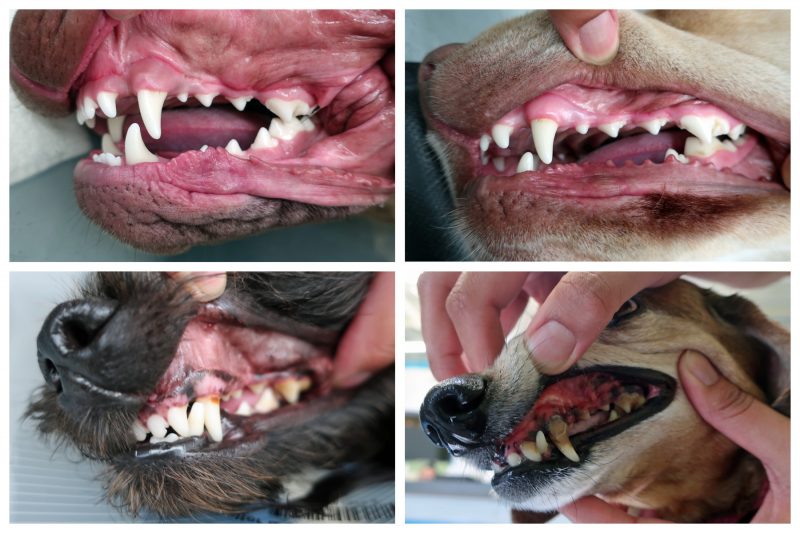
Tooth brushing
One of the best ways to play your part in preventing dental disease is to brush their little teefers a few times a week, keeping those pearly whites clean.
Special note: DO NOT USE HOOMAN TOOFPASTE! It contains xylitol, an ingredient that is extremely toxic to pets.
“What I tell owners is if you can do it every day, great,” says Dr. Jess Nichols, PRCKC chief veterinarian. “But it’s probably not going to fit into your schedule, so pick a reasonable amount. I would say twice a week up to every day if that’s what you and your pet tolerate.”
Now, if you are both new to the tooth brushing game, it most likely isn’t going to be fun for either of you starting off. With more training and patience, however, you’ll definitely be able to do a much more thorough job of brushing their teeth on a weekly basis.
You can start off by massaging the outside of their mouth and lips with your fingers everyday to get them used to being touched in this area, and then move on to doing that on the actual surfaces of their teeth and gums without toothpaste for a couple more days. Then introduce a toothbrush or finger brush and repeat the steps above. Add toothpaste when they’re comfortable enough with the technique and brush away!
(Here are some affordable tooth-brushing tools and kits you can browse through on Chewy for both dogs and cats; the majority of them cost less than $15!)
“Even just a few strokes along the outside of the teeth will be good,” she says. “I tell people to do one to two strokes on the left and right side, top and bottom. And if they tolerate more, keep going. But that’s probably all you’re going to get in most scenarios.”
The most important thing to remember, however, is that most of the tartar is going to build up on the outer sides of the teeth that touch the inside of their cheek. So if they don’t tolerate you cleaning other areas, don’t sweat it because your vet can reach those spaces in a deeper cleaning, which should be done annually per Dr. Nichols. Some smaller breeds are more prone to developing dental disease; in that case, she recommends visiting the vet every six months for a check-up.
Some other helpful tips are to focus on one area of the mouth at a time and brush in circular or downward motions as you perfect your technique.
“Brushing your teeth for a dog isn’t like brushing your teeth for me or you,” she says. “We’re not trying to do it for two minutes and get into every crevice. The whole point of brushing their teeth is because of the bacteria that circulates on them. The longer [the bacteria] are able to be alone, they start to solidify and build a wall of plaque that then becomes tartar. It’s all about disrupting the bacteria.”
In addition to tooth brushing, chewing on bones or toys can also help strengthen their teeth and gums and loosen some of that tartar we don’t want on there. Feel free to also give your pet dental treats in moderation or following the proper instructions and avoid giving them table scraps. A healthy diet plays a huge role in dental hygiene, just like it does in us humans.
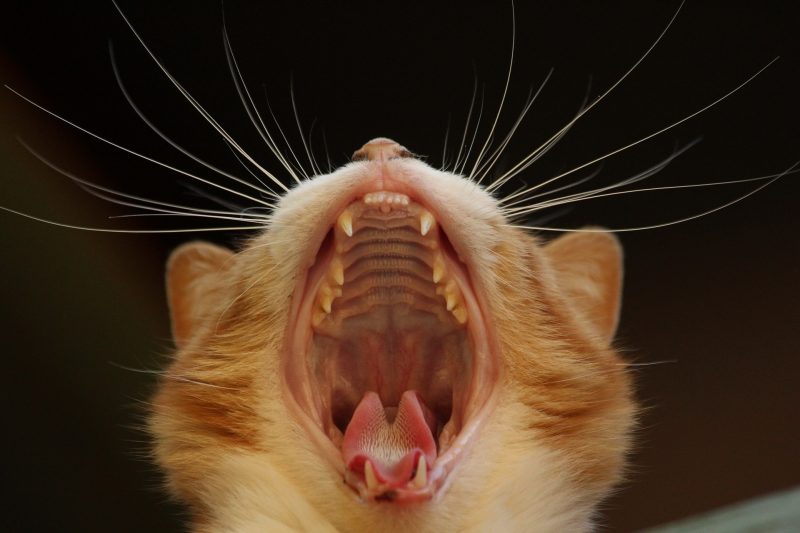
Disease, infection and their expenses
Failing to be proactive when it comes to your pet’s dental hygiene can cause disease that can burn a good-size hole in your pocket. A dental cleaning usually costs between $300 and $500 at a full-service vet. And depending on whether they need teeth pulled (which can cost between $15 and $150 depending on the tooth) or additional pain medication, your bill can add up very quickly.
Some of the most common dental diseases include:
- Periodontal disease
- Abscess tooth
- Resorptive lesions (cats)
- Oronasal fistula
- Gingivitis
- Proliferating gum disease
- Mouth tumors and salivary cysts
- Canine distemper teeth
Learn more about the diseases not highlighted here.
Many of these diseases cause chronic pain and infection, making your pet feel like they have a cold 24/7. Or worse, the bacteria from these diseases can also cause eye infections or travel to other major organs like the heart or kidneys, causing a more severe infection on top of the one(s) they already have. They can even cause jaw fractures in little dogs, too.
Be proactive
You better your pet’s chances of not getting any of these diseases if you brush their teeth weekly and take them to get their teeth checked and cleaned by a veterinarian every year starting between 2 to 4 years old. Pets keep themselves well groomed for the most part, but unfortunately dental hygiene just doesn’t fall under this category.
Dental cleanings and tooth extractions aren’t something we do here at Pet Resource Center of Kansas City quite yet, but it’s definitely something we have on our horizon. If you need a reference in the meantime, please give us a call at 816-353-0940.
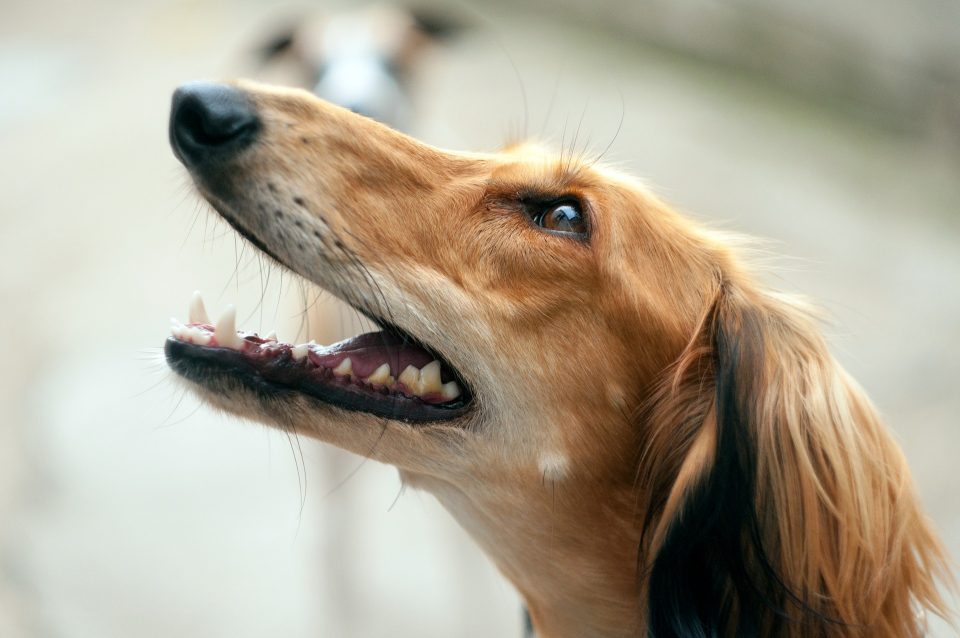
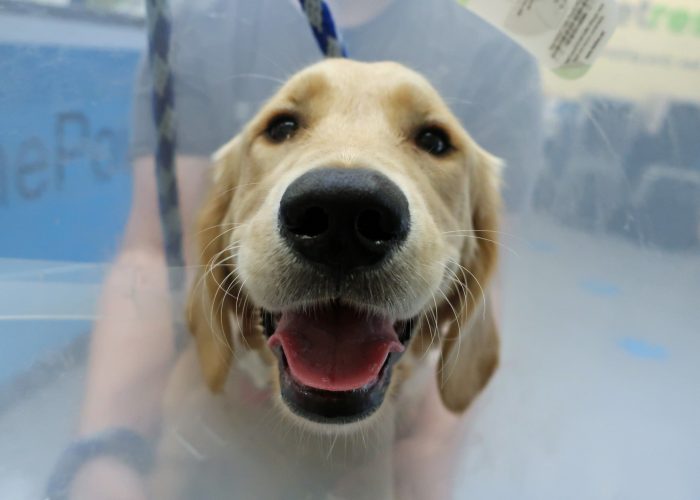
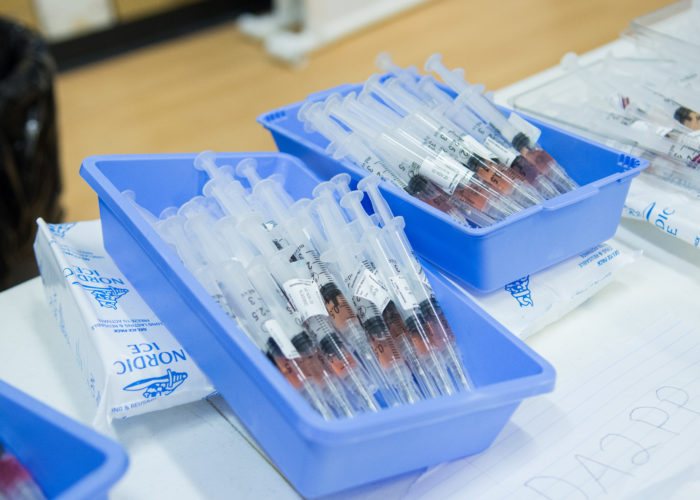
I’m glad you mentioned the tartar build-up in pets. My cat’s breath has been getting worse lately. I’ll have to take her to the vet for x-rays.
Thank you for mentioning how to introduce brushing for pets. I was facing trouble brushing my dog’s teeth. Definitely will try this.
It is really helpful. Good luck with it.